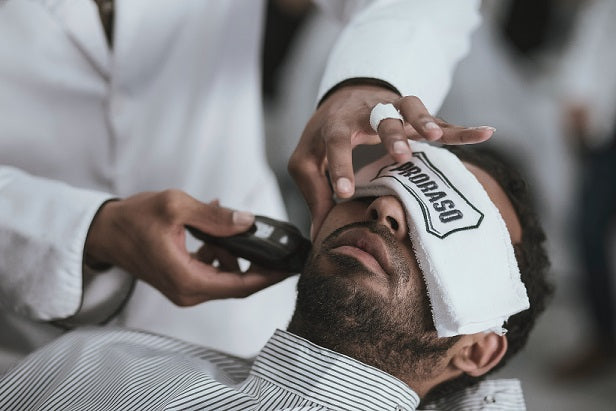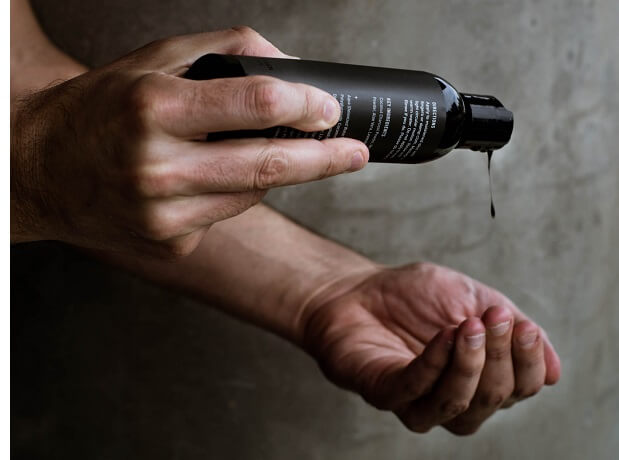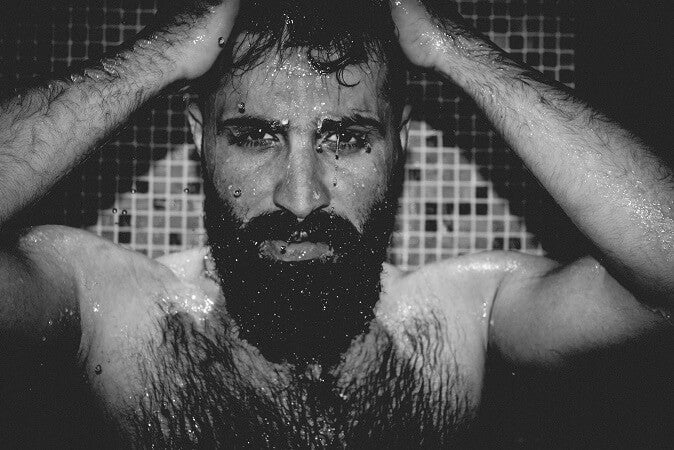Fuller-Looking Hair for Men: Beat Thinning Hair with Expert Advice
Thinning hair is a common concern for many men, often leading to feelings of self-consciousness and diminished confidence. If you’re noticing more strands on your pillow or in the shower drain, you’re not alone. Fortunately, there are effective strategies and products designed specifically to combat this issue and promote a fuller, thicker appearance. In this blog post, we’ll delve into expert advice on how to achieve healthier, fuller-looking hair through understanding the causes, establishing a solid hair care routine, utilizing the right products, making beneficial lifestyle changes, considering professional treatments, and applying smart styling techniques.
Understanding the Causes of Thinning Hair in Men

Thinning hair in men can stem from a variety of factors, each necessitating a specific approach to treatment. Genetics play a significant role, with androgenetic alopecia (male pattern baldness) being a prevalent cause due to hormonal influences, particularly dihydrotestosterone (DHT). Hormonal changes, especially the effects of DHT, can shrink hair follicles and hinder new growth.
Additional contributors to thinning hair include stress, nutritional deficiencies, poor hair care practices, and certain medical conditions like thyroid disorders or autoimmune diseases. Identifying the underlying cause is essential for choosing the most effective treatment. Consulting a healthcare provider or dermatologist can provide personalized insights into your specific situation.
Daily Hair Care Routine for Thinning Hair

Creating a daily hair care routine is essential for men experiencing thinning hair. Start by selecting a gentle shampoo formulated for thinning hair, which often contains ingredients that promote scalp health and strengthen strands. Aim to wash your hair 2-3 times a week to avoid stripping natural oils.
Incorporate a nourishing conditioner to support hydration and minimize breakage. After washing, consider using a leave-in conditioner or a lightweight styling cream for added protection.
Be mindful of drying techniques. Instead of rubbing your hair vigorously with a towel, gently pat it dry to reduce friction. Additionally, using a wide-tooth comb can prevent breakage and is a gentler option than a standard brush.
Top Products to Combat Thinning Hair

Navigating the plethora of hair products designed for thinning hair can be overwhelming. Focus on shampoos and conditioners enriched with key ingredients like biotin, saw palmetto, caffeine, and ketoconazole, which strengthen hair and stimulate growth. Hair serums and topical treatments with minoxidil, an FDA-approved ingredient, can also be effective by increasing blood flow to hair follicles, encouraging new growth, and enhancing thickness. Additionally, volumizing powders and thickening sprays can offer an instant lift and texture to your hair. Consistency is crucial, so make these products a regular part of your hair care regimen to achieve the best results.
Lifestyle Changes That Can Improve Hair Health

Your overall health significantly impacts the condition of your hair. Implementing specific lifestyle changes can support hair health and combat thinning:
- **Balanced Diet**: Consume a diet rich in essential vitamins and minerals. Foods high in protein, like eggs, fish, and nuts, along with leafy greens and fruits packed with vitamins A, C, D, E, and B-complex, can nourish your hair from within.
- **Stay Hydrated**: Drinking sufficient water is crucial for maintaining scalp health and keeping your hair hydrated. Aim for at least eight glasses of water daily.
- **Manage Stress**: Elevated stress levels can contribute to hair loss. Incorporate stress-reduction techniques like meditation, yoga, or regular exercise to alleviate tension and promote overall well-being.
- **Adequate Sleep**: Ensure good sleep hygiene to allow your body to regenerate and repair itself, which includes promoting healthy hair growth. Prioritize getting seven to nine hours of quality sleep each night to support your overall health and hair vitality.
Professional Treatments for Thinning Hair

For men seeking more advanced solutions to thinning hair, professional treatments can provide significant results. Dermatologists and hair specialists offer several effective options.
**PRP Therapy (Platelet-Rich Plasma)**: This cutting-edge treatment involves drawing a small amount of your blood, processing it to concentrate the platelets, and then injecting it into your scalp. The growth factors in PRP stimulate hair follicles and promote hair growth.
**Laser Therapy**: Low-level laser therapy (LLLT) utilizes light energy to penetrate the scalp, improving blood circulation and encouraging new hair growth. This non-invasive treatment is painless and can be done in a clinical setting or with at-home devices.
**Hair Transplant Surgery**: For men experiencing severe hair loss, hair transplant surgery can be a viable option. This procedure involves relocating hair follicles from a donor area, typically the back of the scalp, to the thinning or balding regions. Modern techniques like Follicular Unit Extraction (FUE) offer natural-looking results with minimal downtime.
**Prescription Treatments**: Consult with your healthcare provider about prescription medications like finasteride, which works by blocking the hormone DHT, a key contributor to hair loss. Finasteride can help slow down hair thinning and may even promote regrowth in some men.
Styling Tips for Men with Thinning Hair

Styling thinning hair strategically can make a noticeable difference in your overall appearance. Here are some tailored tips:
- **Opt for Shorter Cuts**: Shorter hairstyles like buzz cuts, crew cuts, or fades can help minimize the visibility of thinning areas. These cuts reduce the contrast between your hair and scalp, giving a fuller look.
- **Embrace Texture**: Textured hairstyles can create the illusion of volume. Use a sea salt spray or a lightweight texturizing paste to add definition and body without weighing your hair down.
- **Strategic Parting**: A side part can work wonders in camouflaging thinning spots. It can add volume and create a more dynamic look compared to a straight-down-the-middle part.
- **Volumizing Products**: Invest in volumizing sprays or mousses that lift the roots and add body. Avoid heavy gels or waxes that can flatten your hair and highlight thinning areas.
- **Consider Color**: Subtle highlights or lowlights can add depth and dimension, making hair appear thicker. Be cautious with chemical treatments, though, as over-processing can lead to damage.
- **Blow-Drying Techniques**: Blow-drying your hair can add volume when done correctly. Use a round brush to lift your hair at the roots while drying. Finish with a blast of cool air to set the style.
- **Accessorize Wisely**: Hats and caps can be stylish accessories that also help conceal thinning hair. Just ensure they’re not too tight, as excessive friction can aggravate hair loss.
By employing these styling tips, you can achieve a fuller, more voluminous look that boosts your confidence.



